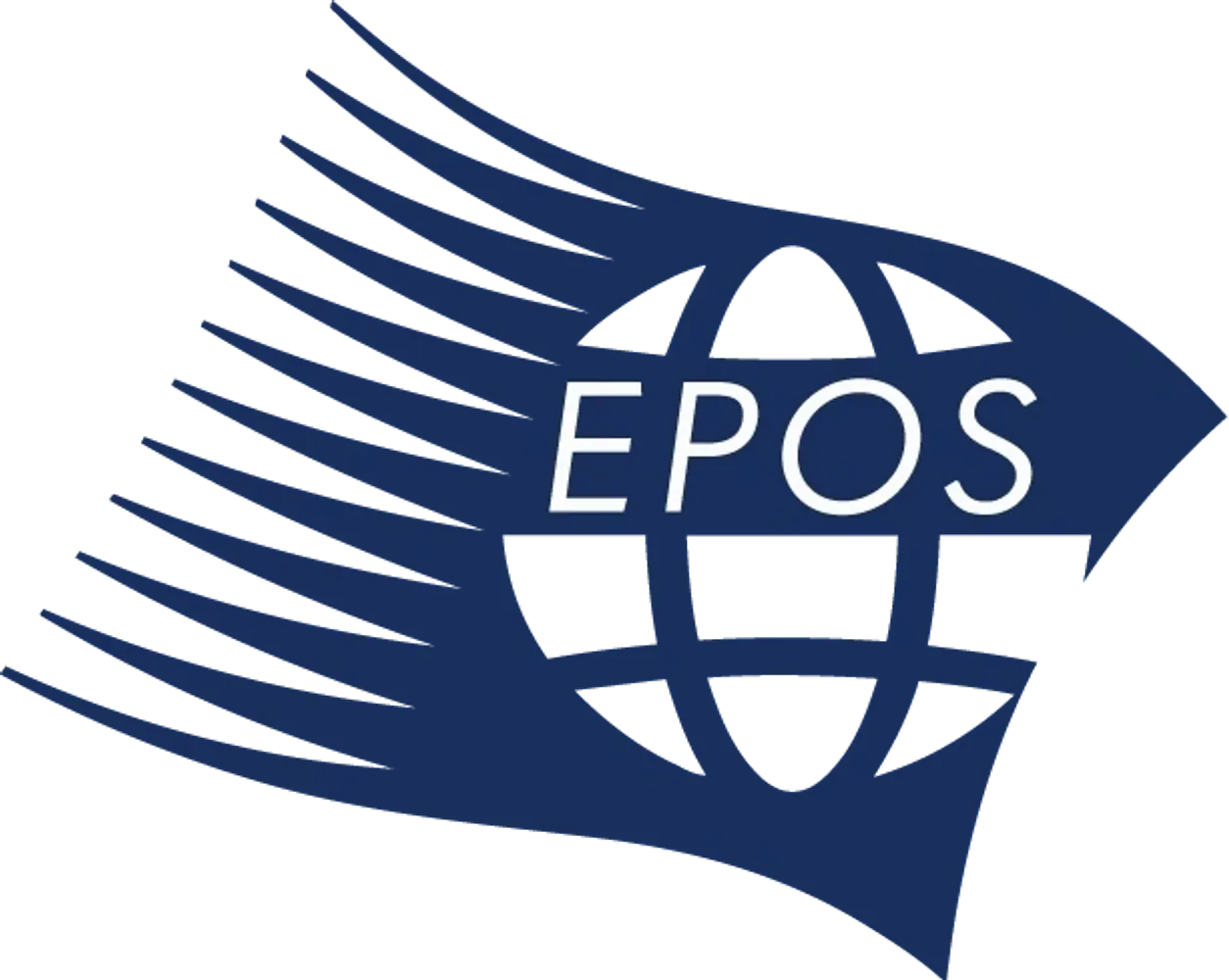Collaboration in public sector projects: unearthing the contextual challenges posed in project environments
DOI:
https://doi.org/10.1080/21573727.2012.714776Keywords:
Collaboration, formality, informality, information technology, project governanceAbstract
Collaboration is seen as an essential business trait in the construction industry for effective project delivery. Collaboration occurs in two stages: stage one is the development of a collective identity engaged through discursive practices, followed by stage two, where the collective identity translates the conversations into synergistic action. The antecedent dimensions that foster collaboration are: shared direction, collective action, competence of the members, power distribution and equality, and trust and communication. The research methodology employed ethnographic interviews within a single case study of a healthcare facility construction project. The findings of the case study suggest that contextual issues arising from the public project set-up had profound negative impact on collaboration; specifically the development of a collective identity and discursive practices. It was identified that the approach to the service provider selection, hierarchical governance mechanisms and the political landscape influenced by the disposition of the client, contributed to: inadequate fees, unreasonable expectations, bureaucratic processes, concentrated power structure and strictly controlled communication. Collectively, this led to a negative impact on the dimensions of collaboration. The findings can assist project team members, specifically the clients, to proactively recognize how the context specific dispositions of team members are influenced by specific governance mechanisms and political landscapes, impacting on the extent of collaboration.
